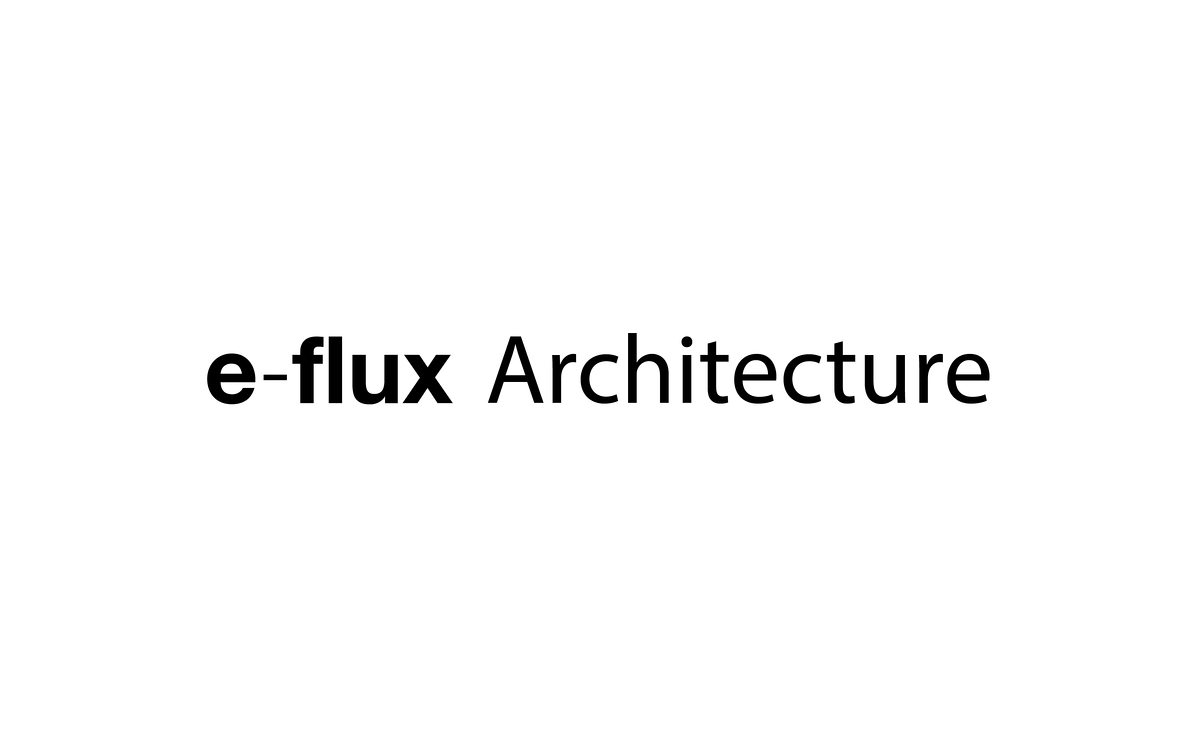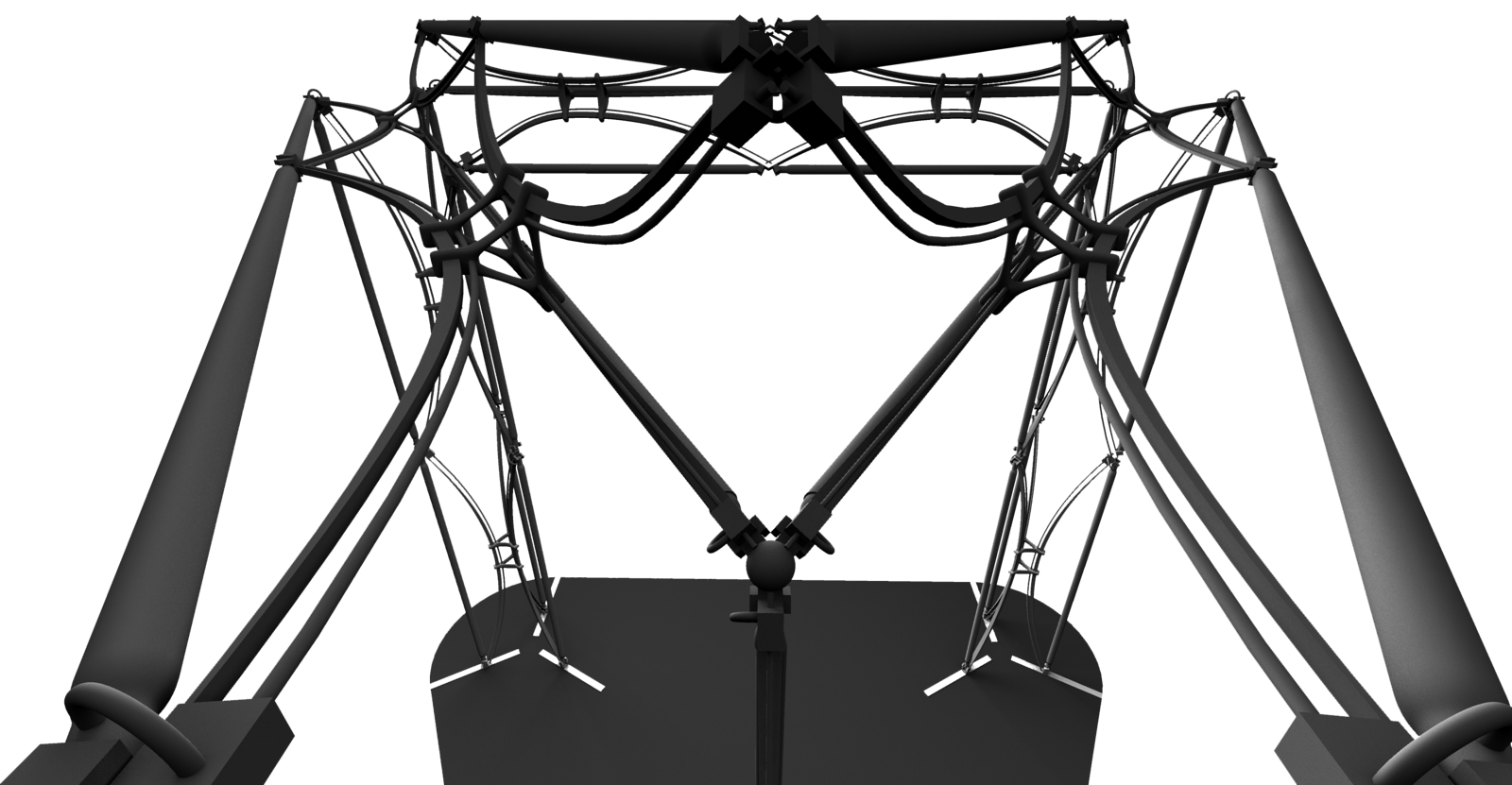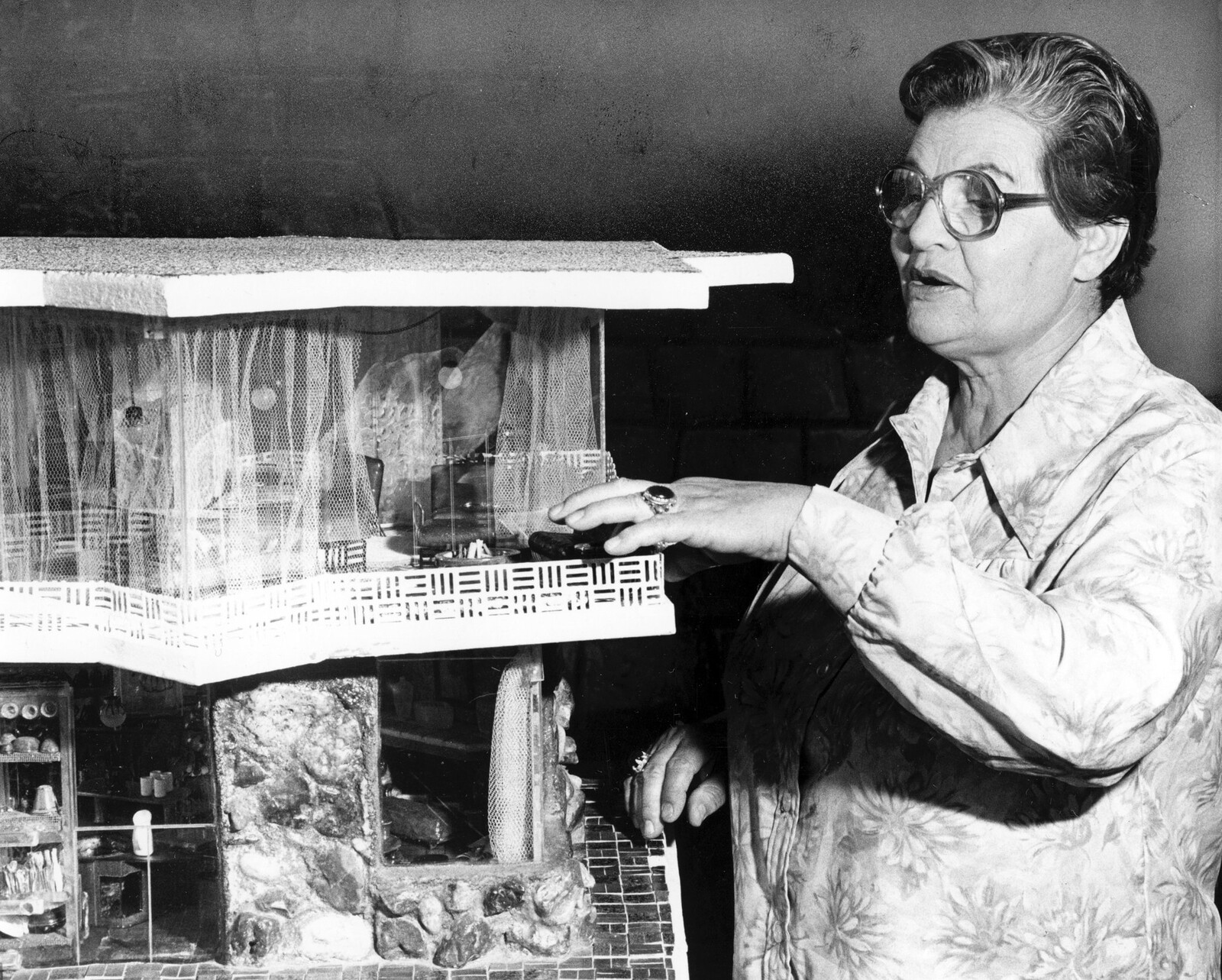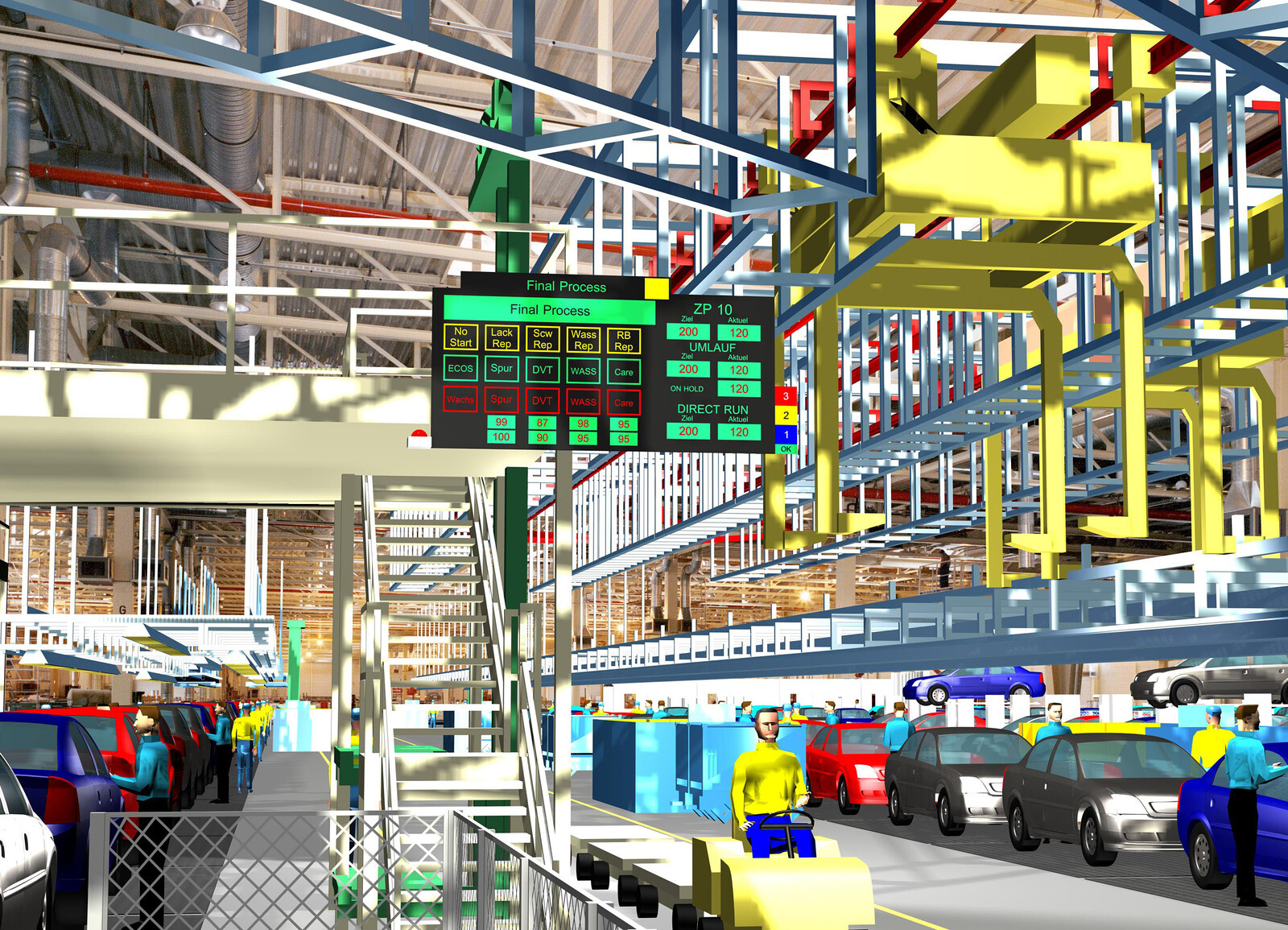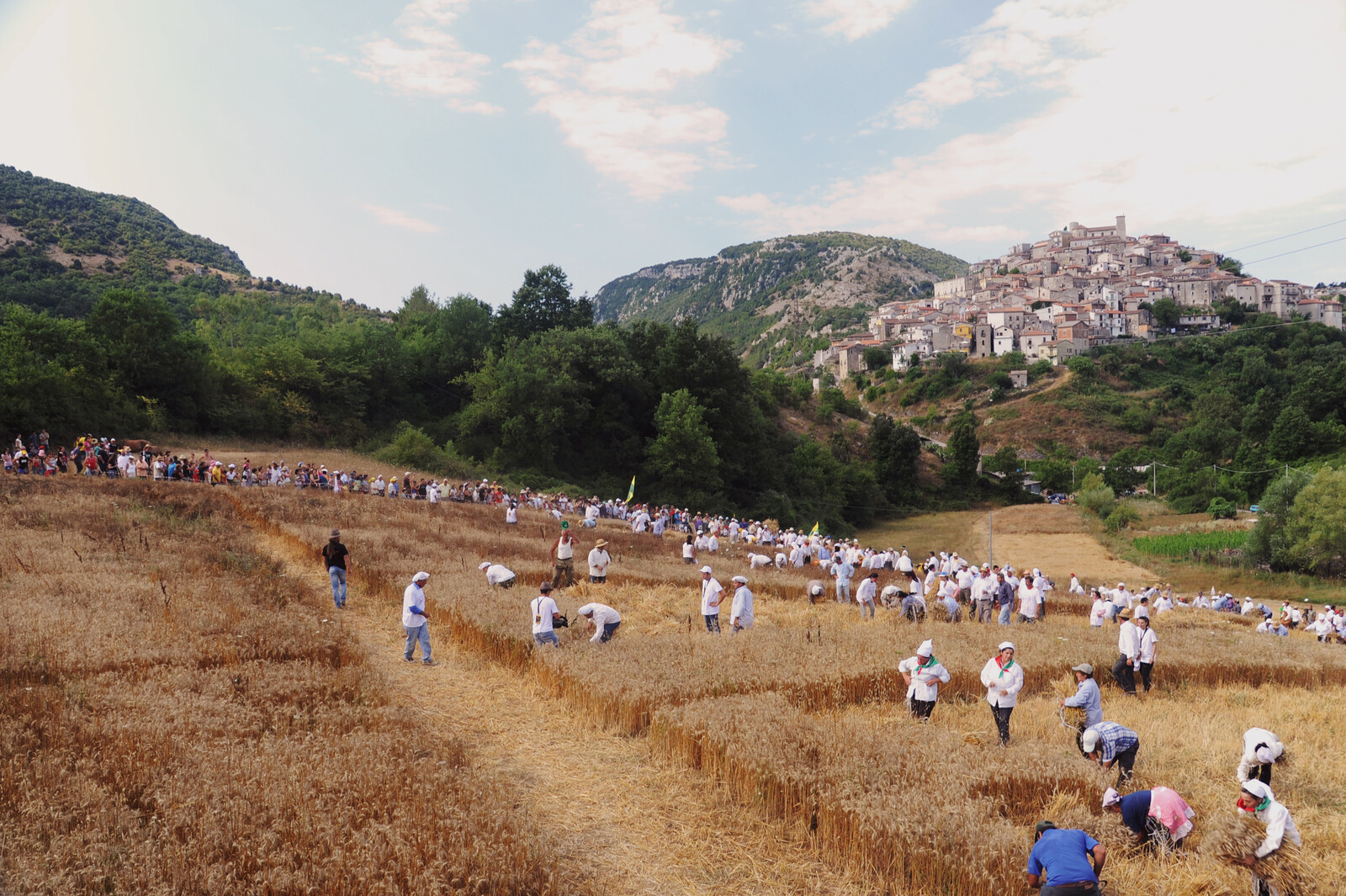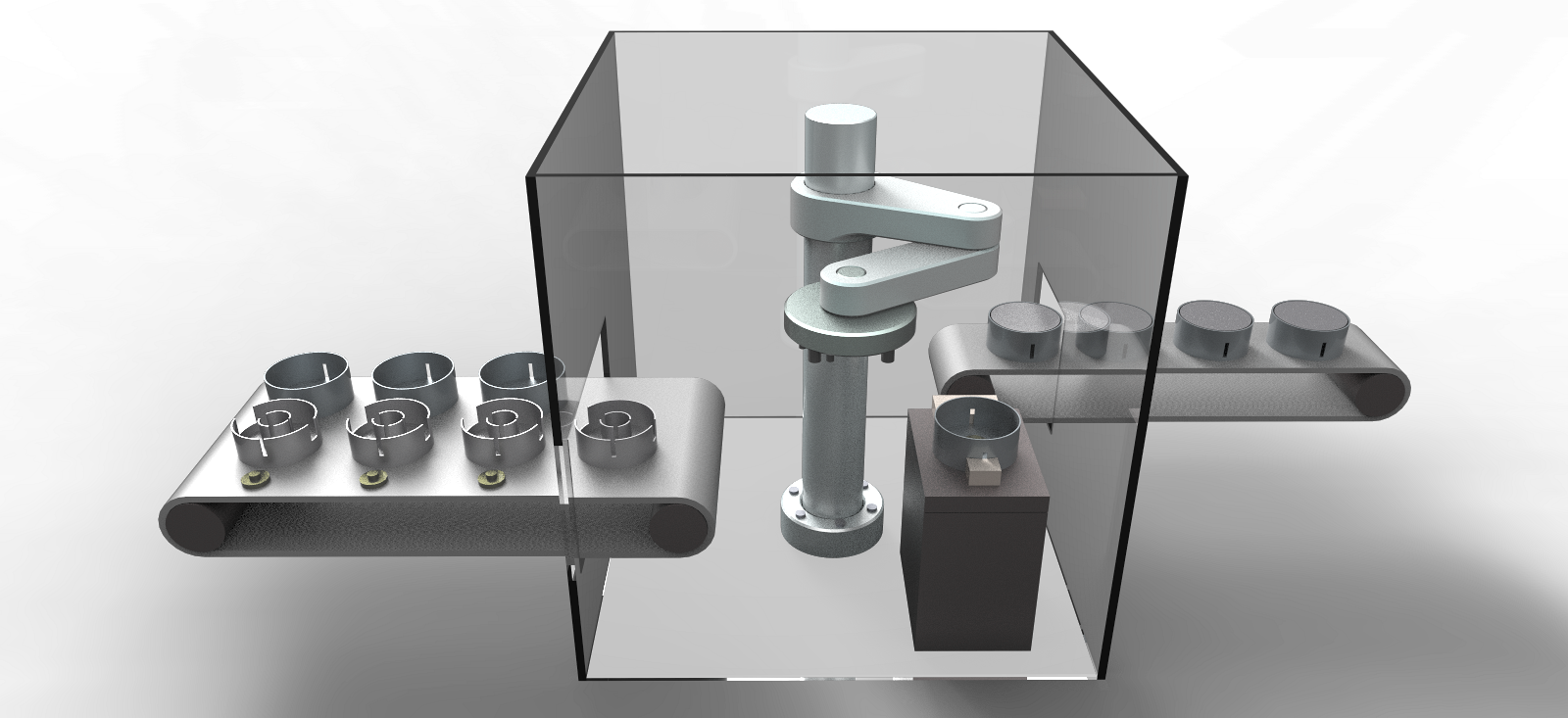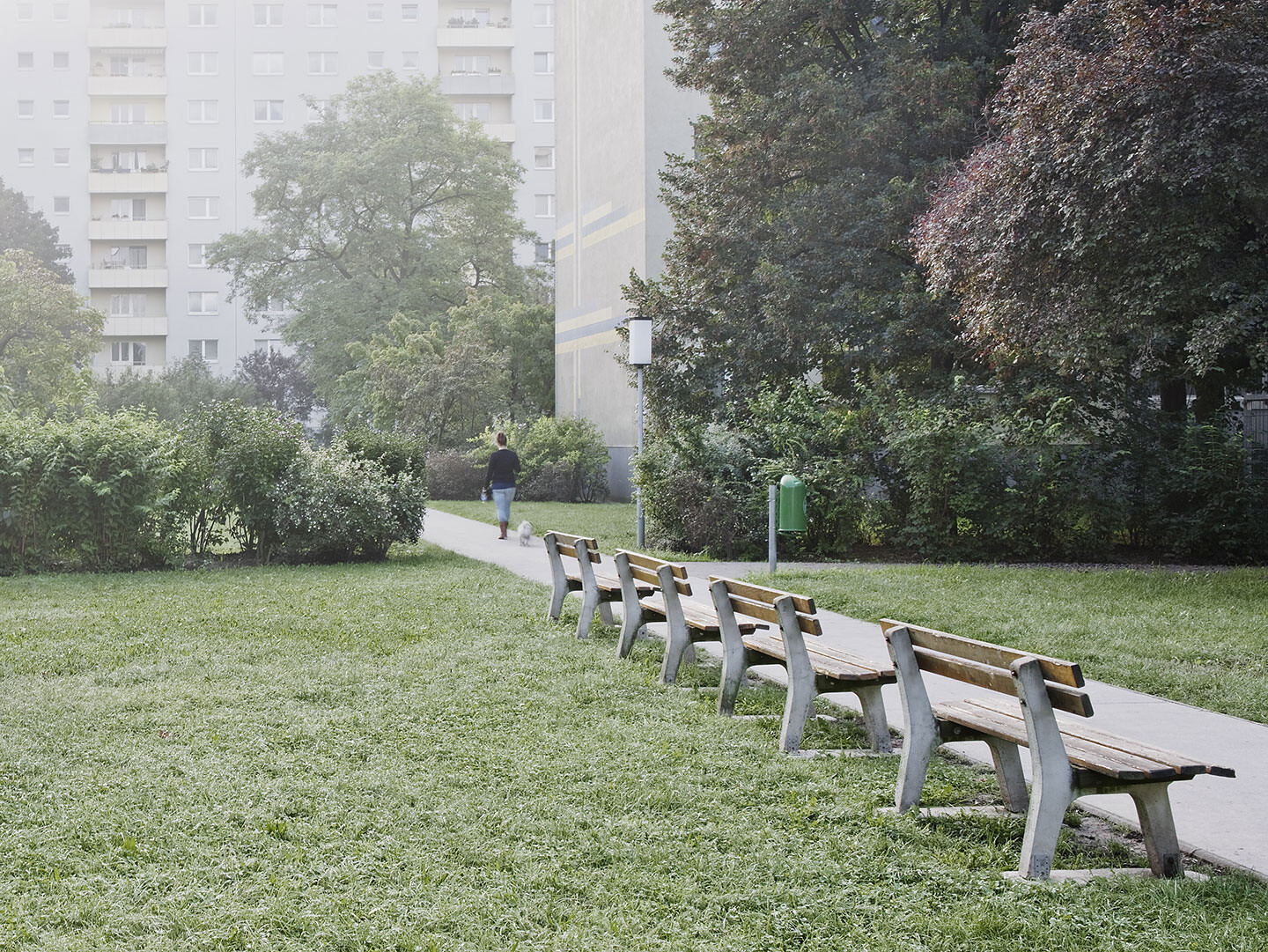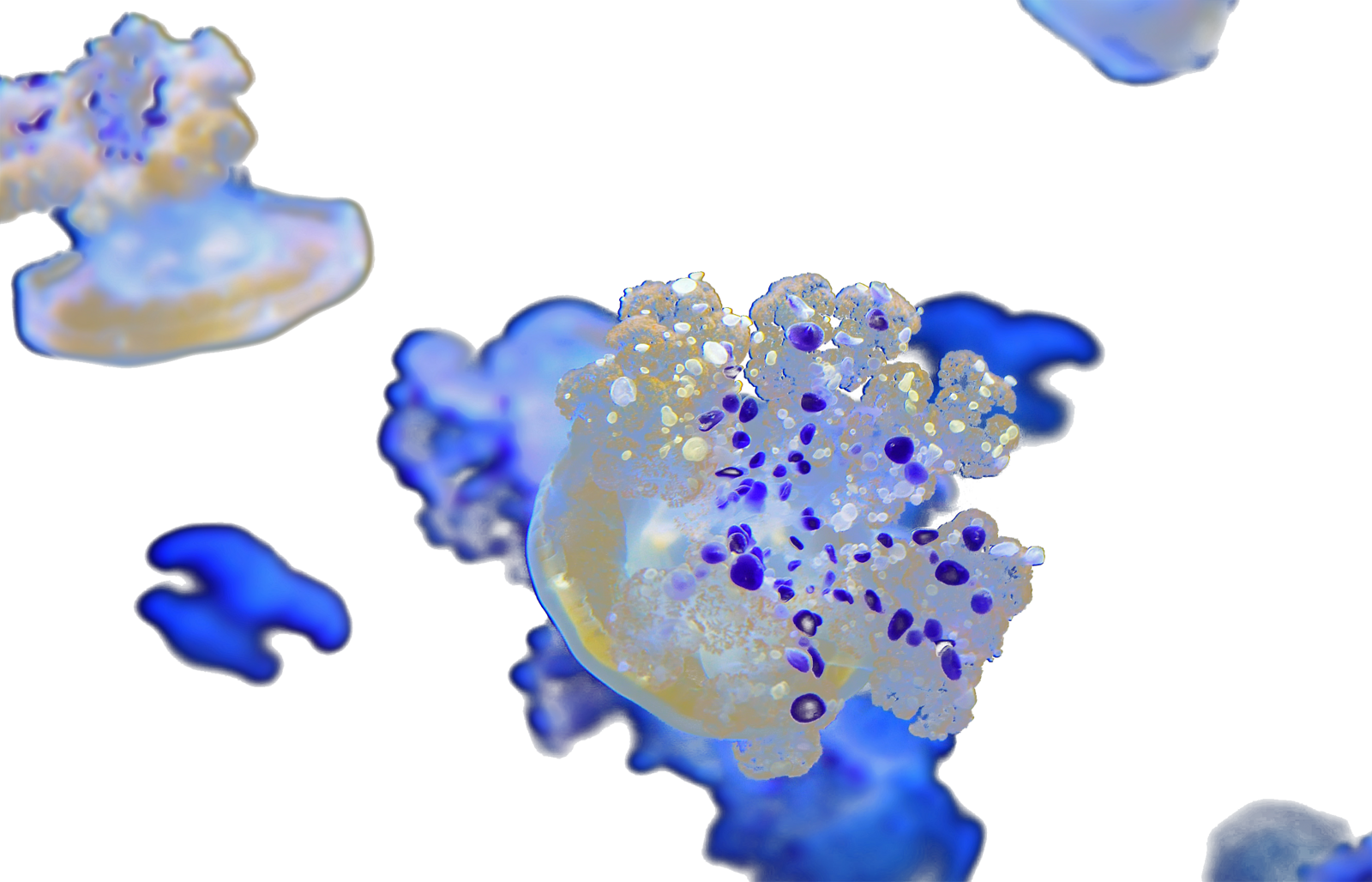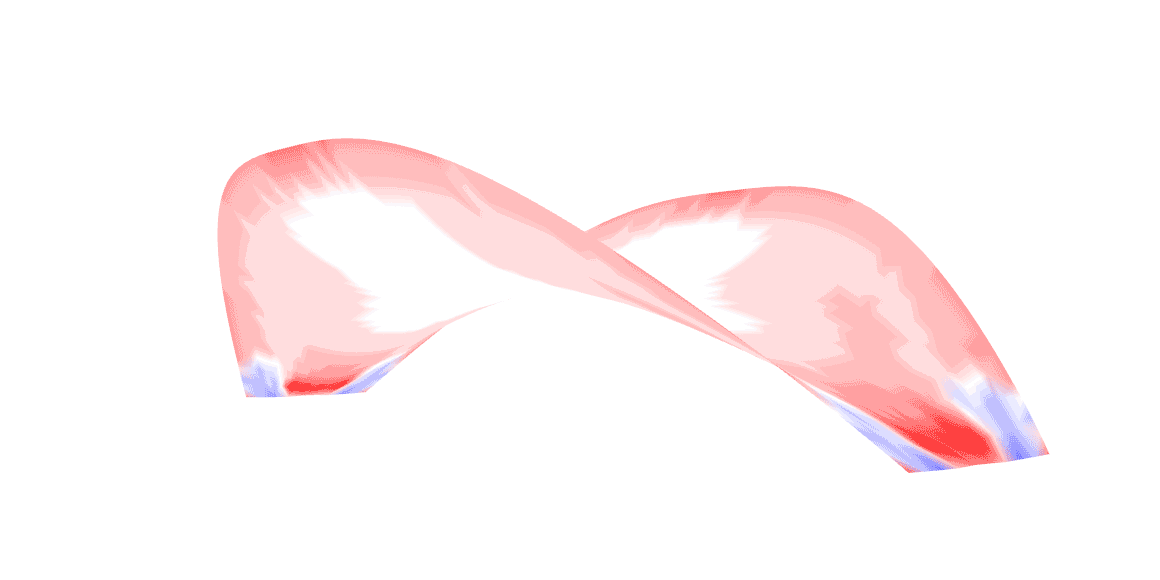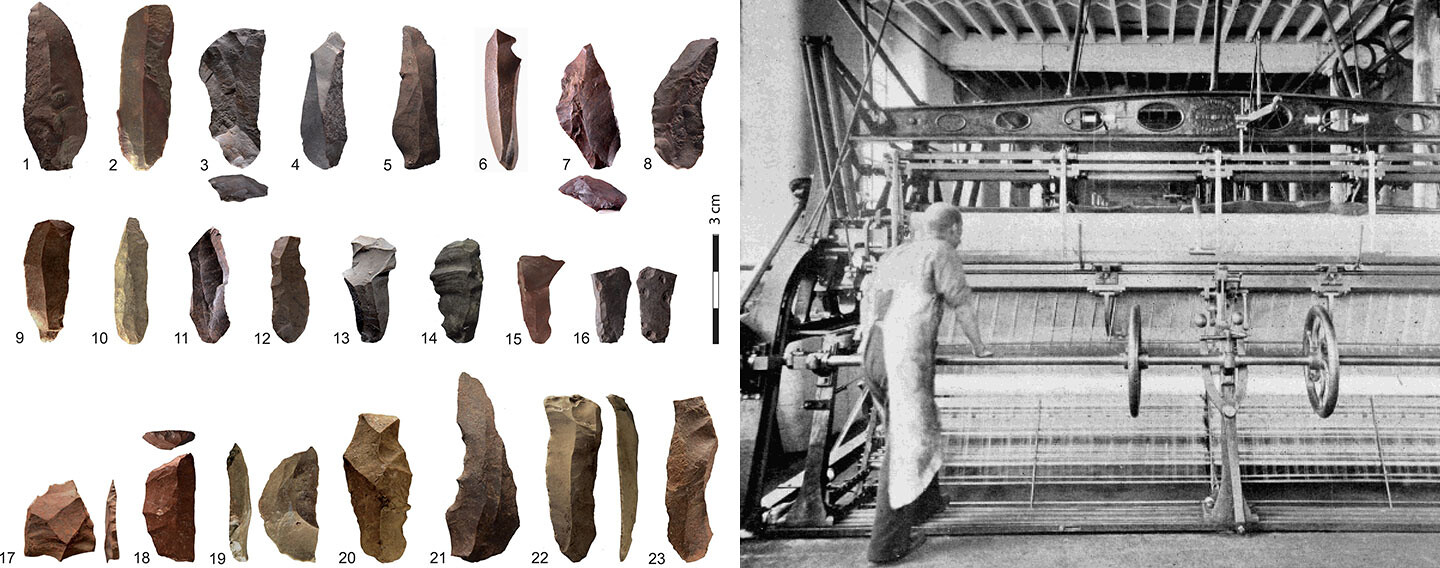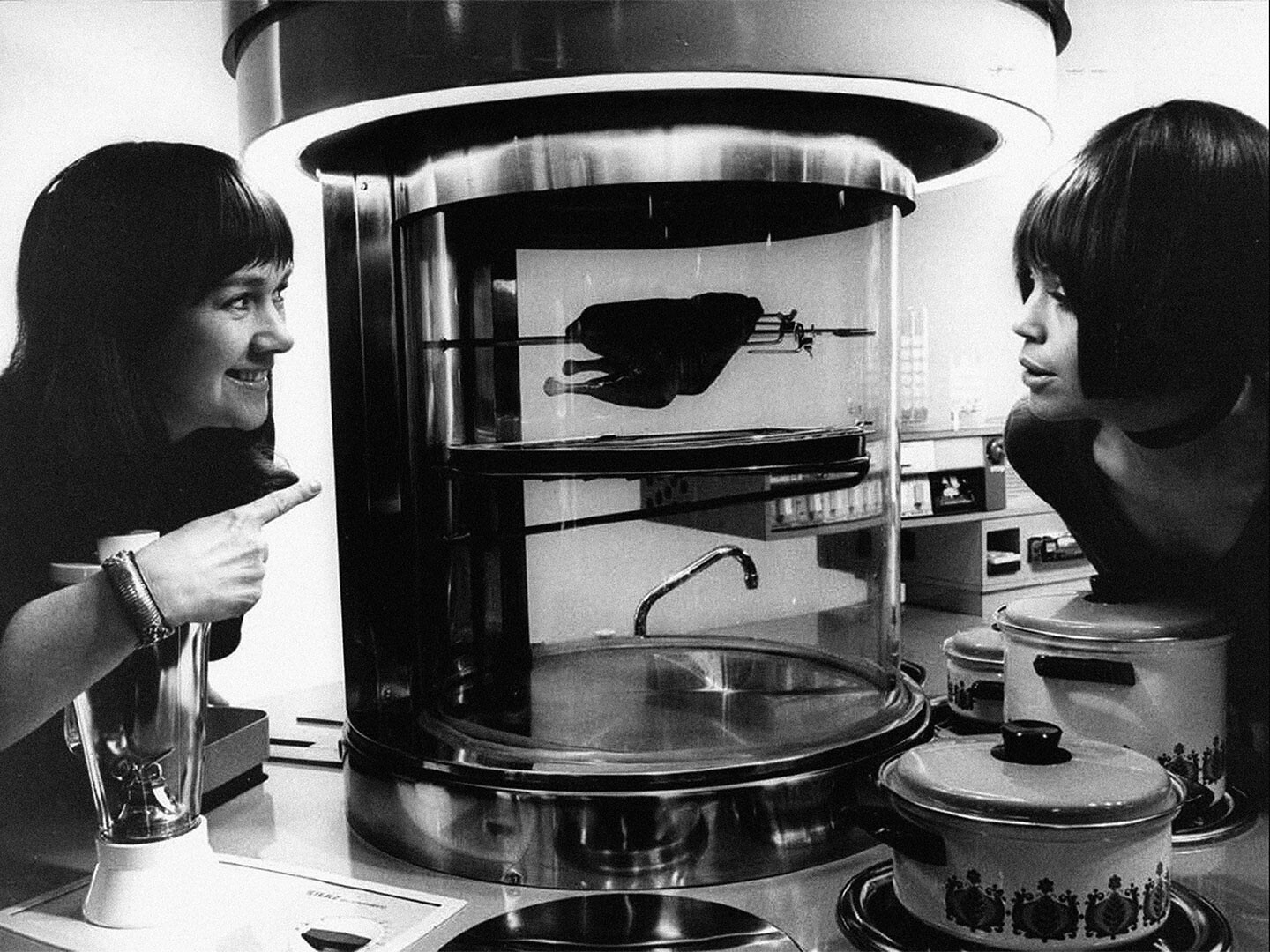A particular understanding of empowerment lies at the root of research into robotics and artificial intelligence. Freedom can, apparently, be engineered. Our cities, our houses, our surfaces are integrating automation so that we may purportedly become more autonomous. The all-encompassing digitization of everyday life currently underway still carries the holistic, just, and humanistic promise of a previous generation, yet the tendencies of its contemporary manifestations increasingly cast doubt on its fulfillment. Automated technologies have been deployed throughout the social and economic sphere since the dawn of modernity, obscuring a common emancipatory horizon by means of a double bind: by giving and taking, liberating and ensnaring, alleviating and obliging. Technological development has an inherently uncertain future, which places focus on the agents and mechanisms of its progress. Opportunity is not destiny, and history, as we know, can go any which way.
Machines have, we should not forget, long been a figure of the human, an analogue through which we can reflexively learn what it means to be human. Yet contemporary technology seems to have abandoned an ocular ethos of indexical referentiality in favor of a prismatic attitude of uncanny exuberance, challenging inherited epistemic foundations of knowledge, truth, certainty, value, and belief. The portraits being algorithmically manufactured today feel more real not because we give more to work with, but because more can be taken without our notice. Yet if we look beyond the self-image projected onto our retinas and focus our eyes on the surface of technology, what we can see is, at least upon first glance, a picture of the human at work. With the progressive advance of automation into dimensions of life previously unthought, relieving us of duties never before conceived of as such, technology has begun to map out and define the conceptual terrain of labor. We are the frontier. Have we not always been though?
Artificial Labor is a collaboration between e-flux Architecture and MAK Wien within the context of the VIENNA BIENNALE 2017 and its theme, “Robots. Work. Our Future.”
